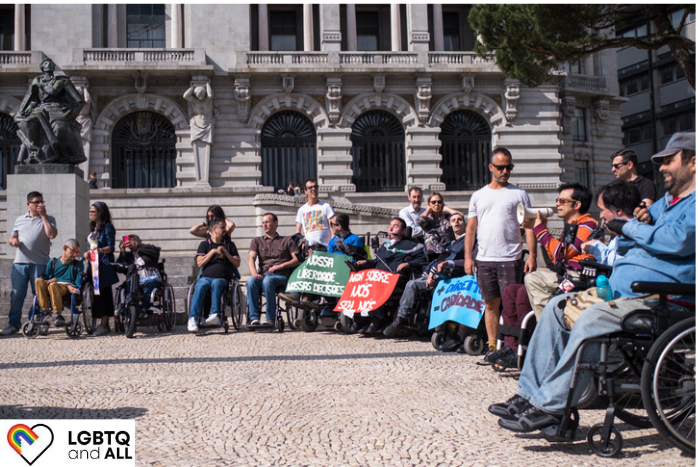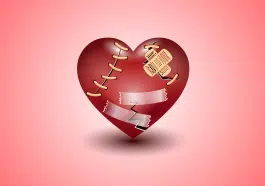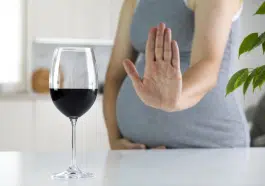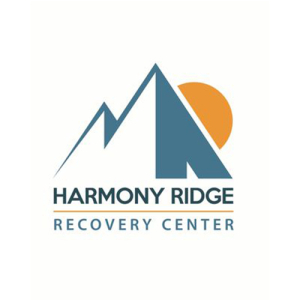Ableism, a form of discrimination based on a person’s abilities or disabilities, persists in our society. This blog post aims to shed light on the impact of ableism, explore its various aspects, and encourage the adoption of a more inclusive mindset.
Understanding Ableism
Here is a current definition of ableism:
Ableism refers to the discriminatory beliefs, attitudes, and actions that devalue and discriminate against individuals with disabilities. It can manifest in overt and subtly, limiting opportunities and perpetuating inequality. For example, a person with physical disabilities may be denied access to public transportation.
Ableism harms individuals, families, and communities. It can lead to feelings of powerlessness, low self-esteem, and isolation. It can also lead to decreased access to education and healthcare.
Ableism Effects
Here are some effects that can result from ableism:
Social Exclusion
Ableism often results in the social exclusion of individuals with disabilities. This exclusion can lead to isolation, feelings of inadequacy, and a diminished sense of self-worth.
In addition, it can majorly impact an individual’s mental health, leading to depression and anxiety. In some cases, it may even lead to suicidal thoughts or actions.
Educational Barriers
Ableism also manifests in educational settings, where students with disabilities may face barriers to accessing quality education and supportive resources. It can hinder their academic growth and deny them equal learning opportunities.
Unfortunately, this can have a long-term impact on a person’s future success. Schools and communities should strive to create an inclusive learning environment that respects and supports the rights and dignity of all learners.
Breaking Stereotypes and Challenging Assumptions
Dismantling Stereotypes
One way to combat ableism is by challenging stereotypes surrounding disabilities. Education and awareness are crucial in debunking misconceptions and promoting a more accurate understanding of diverse abilities.
Myth 1: People with disabilities have a strong sense of courage and bravery.
Fact: Coping with a disability requires adapting to one’s lifestyle, not courage or bravery. Indeed, people with disabilities can be brave and courageous, just like anyone else; you should be aware of how you use those terms, as they are often considered offensive when applied to a person with a disability.
Myth 2: People who use wheelchairs are chronically ill or sick.
Fact: A connection between wheelchair use and illnesses may have arisen from hospitals using wheelchairs to transport sick patients. Wheelchairs can be used for various reasons, none of which are related to lingering illnesses.
Myth 3: Wheelchair use is confining; wheelchair users are “wheelchair-bound.”
Fact: As with a bicycle or an automobile, a wheelchair is an assistive device used for mobility.
Myth 4: Hearing-impaired individuals can read lips.
Fact: The ability to read lips varies from person to person and is never entirely accurate.
Myth 5: Blind people develop a sixth sense.
Fact: Some blind people have developed their other senses more fully; however, they do not possess a “sixth sense.”
Myth 6: People with disabilities tend to be more comfortable with other people with disabilities.
Fact: As a result of people with disabilities being separated from others in schools and institutions in the past, this misconception was reinforced. People with disabilities are a part of mainstream society today.
Myth 7: Non-disabled people are obligated to care for people who are disabled.
Fact: It is true that anyone can offer help, but most people with disabilities prefer to manage their own affairs.
Myth 8: Curious children shouldn’t ask people about their disabilities.
Fact: Children are naturally curious and may ask questions that adults consider embarrassing. However, scolding curious children may lead them to believe that having a disability is “wrong” or “bad.” People with disabilities will be glad to answer a child’s question if they are asked beforehand and introduced to them.
Myth 9: People with disabilities live totally different lives than people without disabilities.
Fact: There are people with disabilities like everyone else who go to school, get married, work, have families, do laundry, shop at the grocery store, laugh, cry, pay taxes, get angry, have prejudices, vote, plan, and dream.
Myth 10: It is okay for people without disabilities to park in accessible parking spaces for a short period of time.
Fact: People with disabilities should only use accessible parking spaces, which are designed and positioned to accommodate their needs.
Myth 11: People with disabilities cannot have sexual relationships.
Fact: By adapting their sexual activity, anyone can have a sexual relationship. People with disabilities can have their own children naturally or through adoption. Disabled people have sexual feelings like anyone else who has them.
Myth 12: Disabled people need assistance all the time.
Fact: Many people with disabilities are independent and capable of helping others. Before helping someone with a disability, make sure they need it.
Promoting representation
Increasing the representation of individuals with disabilities in media, literature, and other platforms can contribute to breaking down ableist attitudes. Seeing diverse abilities showcased positively helps challenge preconceived notions and fosters inclusivity. For instance, the Netflix show ‘Special’ features a young man with cerebral palsy who uses a wheelchair and normalizes his disability through the use of humor.
Building an inclusive society
Here are some ways we can create a more inclusive community:
Accessible infrastructure
Creating accessible physical environments is essential for fostering inclusivity. This accessibility includes wheelchair ramps, braille signage, and other accommodations that ensure equal access for individuals with disabilities.
Inclusive employment practices
Employers have a pivotal role in promoting inclusivity by implementing fair hiring practices and providing reasonable accommodations for employees with disabilities. Embracing diverse abilities enriches workplaces and leads to more innovative solutions.
Takeaway
Our collective responsibility is to challenge ableism and create a society that embraces diversity and inclusivity. By understanding ableism, breaking stereotypes, and building an inclusive environment, we can foster a world where everyone has equal opportunities and is valued for their unique abilities.
Want to learn more about progressive issues that impact our society? Follow LGBTQ and ALL for news about mental health, the LGBTQ+ community, and more.














